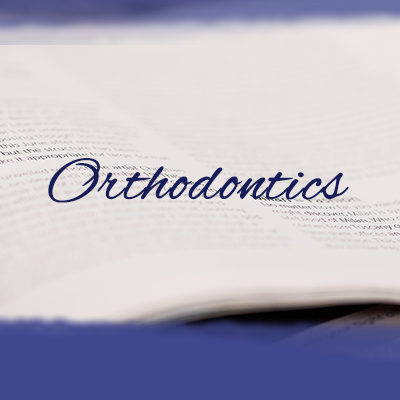The influence of undercut depths on the accuracy of casts poured from irreversible hydrocolloid impression materials
To evaluate the elastic recovery of a typical irreversible hydrocolloid impression material in terms of
the amount of undercut identified and additional thickness of spacer provided before custom tray fabrication.
• Methods: This study surveyed the undercut depths of the teeth surfaces and lingual sulci of one hundred partially
dentate mandibular dental casts which were subsequently scanned and the data exported as STL files.
A typical cast from each undercut category (0.5mm, 1mm, 1.5mm, 2mm, 2.5mm, 3mm, 4mm, 5mm) was 3D printed. Three
custom trays were constructed with spacer thicknesses representing 20%, 30% and 50% compression against the
wall of the custom trays on removal, impressions recorded, and casts fabricated in dental stone.
Measurements for elastic recovery of irreversible hydrocolloid were done using an internal caliper and a digital caliper. All measurements
were done by the principal investigator. Non-parametric analyses were used for comparisons of the
undercut values between the 3D printed and poured casts to determine the amount of elastic recovery of the
irreversible hydrocolloid impression material.
• Results: There was no statistically significant difference in measurements between the original 3D printed casts
and the poured casts, irrespective of percentage compression (p > 0.05).
• Conclusions: In removable partial denture construction, casts should be blocked out parallel to the path of insertion
and then an additional 3mm of spacer applied as a standard technique before custom tray fabrication to ensure
elastic recovery of the irreversible hydrocolloid impression.
• Clinical implications: In severe undercut situations, accurate impressions can be taken using irreversible hydrocolloid
by blocking out all undercut surfaces on the teeth and lingual sulci before adapting additional threemillimetre
wax spacer on casts when constructing custom trays thereby ensuring accurate and reliable impressions
for removable prosthesis construction.





